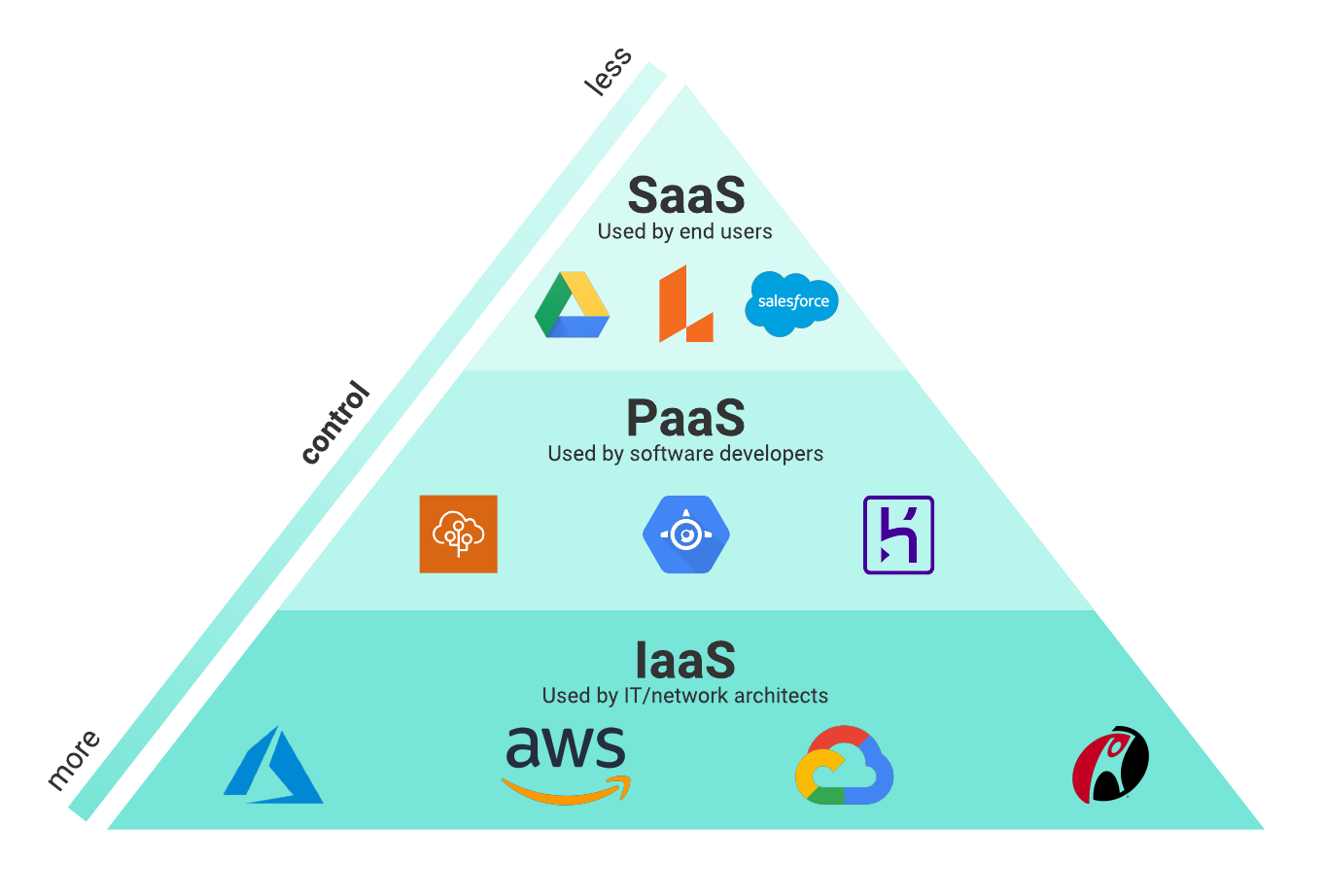Simplify Your Infrastructure With Cloud Solutions
As services navigate the ever-evolving landscape of technology and data monitoring, the function of cloud services in streamlining facilities has actually become progressively noticeable. The allure of structured processes, improved effectiveness, and boosted resource allotment with cloud solutions is obvious. Nonetheless, the trip towards a much more nimble and cost-effective IT infrastructure entails greater than just moving to the cloud. It needs a critical approach and a deep understanding of the subtleties of cloud fostering. So, just how can businesses successfully navigate this change and genuinely unlock the capacity of cloud services for simplifying their framework?
Benefits of Cloud Solutions
Cloud services offer a structured technique to handling IT facilities, offering companies with scalability, flexibility, and cost-efficiency. One of the crucial benefits of cloud services is the scalability they provide.
Additionally, cloud solutions eliminate the demand for businesses to spend in costly hardware and software. This cost-efficiency is a substantial advantage, especially for tiny to medium-sized business looking to decrease in advance costs. By making use of cloud services, organizations can access premium IT resources without the hefty rate tag related to conventional infrastructure setups.
In addition, cloud solutions supply services with the versatility to access their information and applications from anywhere with a web link. This level of ease of access enhances partnership among groups, enables remote job, and enhances total efficiency. The flexibility used by cloud services encourages businesses to adjust rapidly to altering market problems and consumer needs.
Price Financial Savings and Scalability
Along with the functional advantages highlighted previously, the combination of cloud services right into a firm's facilities yields significant price financial savings and boosted scalability. Cloud solutions use a pay-as-you-go design, permitting companies to range resources up or down based on existing requirements, thereby avoiding the prices related to maintaining excess ability. This adaptability makes it possible for firms to adjust promptly to rising and fall demands without incurring unnecessary expenditures.
Moreover, cloud services eliminate the need for in advance financial investments in software and hardware, decreasing capital expenditures. General expenses are also reduced as business no much longer require to take care of and keep physical servers, resulting in lower power usage and IT staffing expenses. In addition, cloud services give automatic updates and maintenance, making sure that the infrastructure remains up-to-date and safe and secure without needing hand-operated interventions.
Boosted Safety And Security Actions
Implementing stringent safety and security measures is vital when incorporating cloud services right into a business's infrastructure to make sure and guard delicate information compliance with sector policies. Cloud solution suppliers offer boosted safety features such as information encryption, firewall protection, and multi-factor verification to reduce cybersecurity risks. Security helps shield information both at rest and why not find out more en route, ensuring that only licensed users can access sensitive information. Firewall programs work as an obstacle between exterior risks and interior networks, tracking and regulating incoming and outbound network website traffic. Multi-factor verification includes an additional layer of safety and security by needing customers to provide several kinds of verification prior to accessing the cloud solutions.
In addition, routine protection audits and compliance analyses assist make sure and identify susceptabilities adherence to market standards. Firms can also take advantage of functions like automated protection updates and real-time risk monitoring given by cloud company. By focusing on security actions and staying aggressive in dealing with possible threats, services can confidently take advantage of cloud services while shielding their useful data from unapproved accessibility or breaches.
Transitioning to Cloud Framework
To efficiently incorporate cloud solutions right into a company's infrastructure, a structured method that resolves the shift towards cloud-based services is vital. Transitioning to shadow infrastructure includes mindful planning and implementation to make sure a smooth migration procedure - linkdaddy cloud services.
Once the evaluation is full, a migration approach should be developed. This method ought to describe the timeline, sources, and duties for relocating each component to the cloud. It is necessary to interact this plan clearly to all stakeholders to make sure placement and decrease disturbances throughout the change.
During the movement screening, procedure and monitoring are important to determine and attend to any type of problems promptly. Routine checkpoints should be developed to track development and make required modifications. Additionally, training for workers on using cloud solutions must be provided to ensure an effective this page transition and optimize the benefits of the brand-new facilities.
Finest Practices for Cloud Fostering
Successful fostering of cloud services rests on the tactical placement of service objectives with technical capacities and organizational preparedness. To guarantee a smooth transition to the cloud, companies should start by performing a detailed analysis of their current framework and identifying which workloads are best matched for cloud movement. It is vital to involve essential stakeholders from various departments in the decision-making process to gain buy-in and attend to any problems early.
One more finest technique for cloud adoption is to prioritize security and conformity. Organizations should thoroughly examine the protection measures used by cloud company and make certain that their information is shielded according to sector standards and governing requirements. Executing robust data encryption, accessibility controls, and routine safety and security audits can assist alleviate threats associated with cloud adoption.

Conclusion

As businesses browse the ever-evolving landscape of innovation and information administration, the role of cloud solutions in simplifying infrastructure has actually ended up being progressively prominent - linkdaddy cloud services. Exactly how can organizations successfully navigate this change and really open the capacity of cloud solutions for simplifying their framework?
Cloud services supply a structured approach to handling IT infrastructure, supplying businesses with cost-efficiency, flexibility, and scalability. By utilizing cloud solutions, businesses can access premium IT sources without the substantial price tag associated with traditional infrastructure setups.
To ensure a smooth transition to the cloud, organizations must start by performing a detailed analysis of their existing infrastructure and recognizing which workloads are best fit for cloud migration.